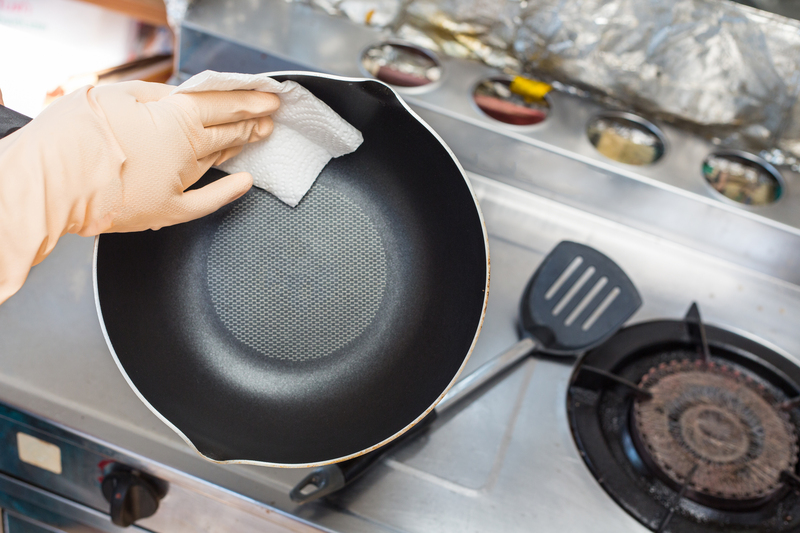
A clean stovetop is the centerpiece of any well-maintained kitchen. However, with daily cooking and meal preparations, it's bound to accumulate layers of tough residue that can be a pain to remove. Whether it's burnt-on food, grease, or oil splatters, these stubborn stains not only make your stovetop look unsightly but also contribute to unpleasant odors and even pose a fire hazard. Fortunately, with the right techniques and products, you can effortlessly clean tough residue off your stovetop and have it looking sparkling new in no time.
Tip #1: Start with Hot Water and Soap
Before reaching for harsh chemicals or abrasive scrubbers, try using hot water and soap to loosen up the residue on your stovetop. Mix a few drops of dish soap with hot water and soak a cloth or sponge in the solution. Wring out excess water and place it over the dirty areas on your stovetop. Let it sit for 10-15 minutes before wiping down the surface. The heat from the water will soften the residue, making it easier to wipe away.
Tip #2: Use Baking Soda and Vinegar
Baking soda is an excellent natural cleaning agent that can effectively tackle tough residue on your stovetop without causing damage to the surface. Sprinkle some baking soda over the affected areas and spray with vinegar until you get a foaming reaction. Let it sit for 10-15 minutes before scrubbing gently with a non-abrasive sponge or cloth. Rinse with warm water and wipe clean.
Tip #3: Try Commercial Cleaners
If homemade solutions don't work, consider using commercial cleaners specially formulated for stove cleaning. Look for products that are non-toxic and environmentally friendly to avoid harsh chemicals in your home. Follow the instructions on the label carefully and test a small, inconspicuous area first to make sure it does not damage your stovetop.
Tip #4: Invest in a Stovetop Cleaning Kit
For those who frequently deal with tough residue on their stovetops, investing in a stovetop cleaning kit can be a game-changer. These kits come with specialized tools and cleaners designed to tackle stubborn stains on various types of stovetops. They often include a scraper, scrubber, cleaning solution, and polishing cream. Follow the instructions provided by the manufacturer for best results.
Takeaway #1: Regular Maintenance is Key
Keeping your stovetop clean doesn't have to be a dreaded chore. By incorporating simple maintenance tasks into your routine, you can prevent tough residue from building up in the first place. After each use, wipe down your stovetop with a damp cloth or sponge to remove any spills or splatters. Use a mild soap or all-purpose cleaner to keep it looking shiny and new.
Takeaway #2: Avoid Abrasive Materials
When dealing with tough residue, it may be tempting to reach for abrasive materials like steel wool or harsh chemicals like bleach. However, these can cause scratches and damage to your stovetop's surface and should be avoided. Stick to non-abrasive materials and natural cleaners for safe and effective cleaning.
Conclusion:
Removing tough residue off your stovetop may seem like a daunting task, but with the right techniques and products, it can be done effortlessly. Remember to start with hot water and soap, try baking soda and vinegar, or invest in a stovetop cleaning kit if needed. Regular maintenance is key in preventing buildup of stubborn stains, and avoiding abrasive materials will ensure your stovetop stays in top condition. With these tips and tricks, you can achieve a sparkling clean stovetop that will make your entire kitchen shine.




